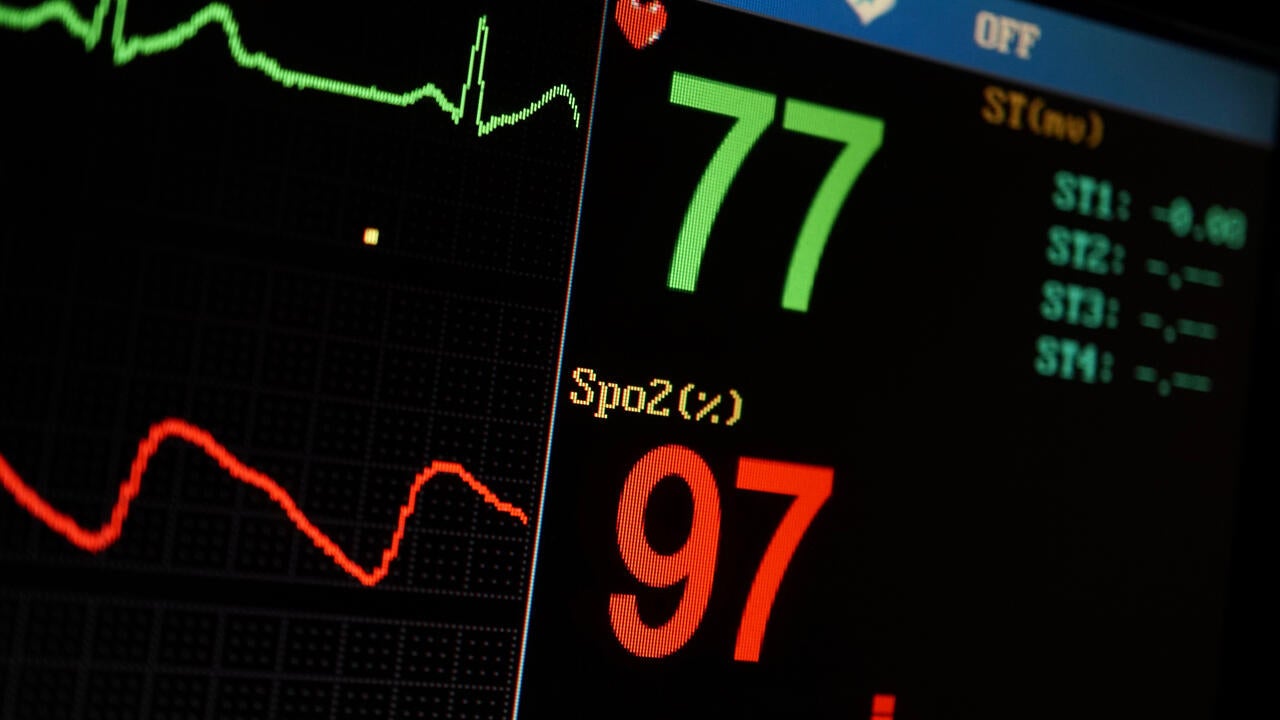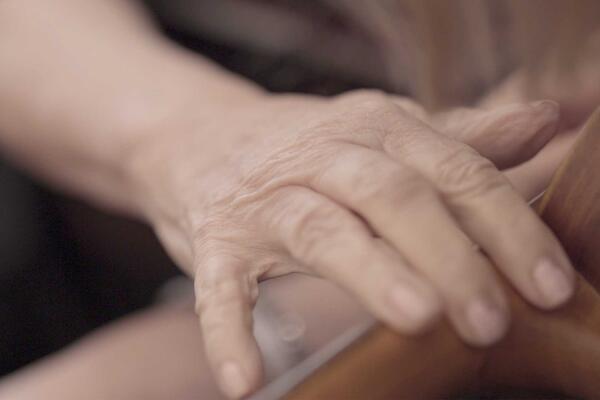
A “second heart” to strengthen our golden years
How innovative research and medical technology can prevent falls

How innovative research and medical technology can prevent falls
By Kathy Smidt University Relations
Richard Hughson
Professor, Faculty of Applied Health Sciences
> Schlegel Research Chair in Vascular Aging and Brain Health
> Research Institute for Aging
Falling down is terrifying. One moment you’re upright and the next you’re helpless, collapsing to the ground with no idea where you’ll land. We all fall, but for many older adults these falls have much graver consequences.
Each year, millions of older people — those 65 years and above— fall. The World Health Organization reports that incidents of falls by older adults are strongly associated with hospitalization and severe functional decline, costing healthcare systems billions of dollars globally. Even more concerning is that 23 to 40 per cent of injury-related deaths in older adults are attributed to falls.
It is no wonder that the fear of falling may cause older adults to sit out more, stay at home and disengage. This leads to overall worse health outcomes: less mobility, cognitive decline and increased frailty. It’s a cycle researcher Richard Hughson is committed to breaking thanks to a unique blood pressure study and medical technology that address the root causes of falls.
Hughson is a Waterloo Kinesiology professor and a Schlegel Research Chair in Vascular Aging and Brain Health at the Research Institute for Aging (RIA). The RIA and University of Waterloo are collaborating on research and innovation to tackle the biggest issues facing our aging population. Hughson’s part is investigating how people can have longer and healthier lives. He collaborated with Sean Peterson, a Waterloo professor of Mechanical and Mechatronics Engineering, and others to come up with the Second Heart. The project is funded by Lockheed Martin and is being heralded as a potential breakthrough in the prevention of falls.
“We know that whenever you stand up, there’s a drop in blood pressure, which at times can make you feel faint or dizzy,” he explains. “Most people recover within 30 seconds, but up to a third of adults continue to have low blood pressure.”
The Second Heart is a small pressure device that wraps around a person’s calf muscle. After the rush of blood of every heartbeat, the device compresses the calf muscle to drive blood back to the heart and then into the brain. The goal is to make the device smart enough to compress the muscle as needed, so it senses when a fall is imminent and acts as a second heart, helping pump oxygenated blood to the brain.
Hughson helped spearhead a unique study looking at the connection between blood pressure, oxygen levels in the brain and postural stability in those seconds before a potential fall. Working with Laura Fitzgibbon-Collins, a recent PhD graduate, and Dr. George Heckman, a professor at the School of Public Health and Health Systems and Schlegel Research Chair in Geriatric Medicine, Hughson engaged with partners of the RIA to help facilitate the study. The RIA’s partnership with Schlegel Villages, an organization that manages several long-term care and retirement communities, allowed access to study participants on a large scale.
Researchers were able to bring their lab into the real-life settings of the retirement communities. As Fitzgibbon-Collins explains, “creating the connection between the RIA and Schlegel Villages was critical to the success of this study. It all came together because of the strong collaboration between our partners.”
The team took a clinical approach to assessing the physiology and stability of more than 70 residents. With an average age of 87, intrepid volunteers from Schlegel Villages in Burlington, Etobicoke, Guelph and Waterloo took part in the effort.
The study — the first of its kind — attracted international research partners. A researcher from the Irish Longitudinal Study on Ageing (TILDA) group participated in the collection of data to learn about the techniques being used in Hughson’s lab, as well as to learn about the network formed between Waterloo, the RIA and Schlegel Villages.
Study results revealed that residents with significantly lower brain oxygenation levels also had significantly poorer postural stability upon standing. They discovered that when transitioning from lying down to standing up, even a brief 10-second pause in the sitting position improved brain oxygenation and decreased sway patterns, thereby reducing the risk of falls.
This finding was the first piece needed to begin understanding why we fall. It led to more questions and pioneering technologies, like the Second Heart, to increase blood flow to the brain and prevent falls before they happen.
Every one of us has experienced a fall, or can expect to experience one, in our lifetimes. But it is most alarming when we don’t know why we fell, or when it will happen again. This fear stops us from doing the daily activities that give us joy. Thanks to Hughson, and his partners, future generations may be able to maintain their daily routines without the fear of falling — allowing older adults to celebrate their golden years, instead of sitting them out.

Read more
Waterloo researcher develops cognitive assistive technology for people with Alzheimer’s disease

Read more
Using existing medication as a blueprint for a cure

Read more
Award-winning reading platform serves up accessible e-books for people living with dementia
The University of Waterloo acknowledges that much of our work takes place on the traditional territory of the Neutral, Anishinaabeg and Haudenosaunee peoples. Our main campus is situated on the Haldimand Tract, the land granted to the Six Nations that includes six miles on each side of the Grand River. Our active work toward reconciliation takes place across our campuses through research, learning, teaching, and community building, and is co-ordinated within the Office of Indigenous Relations.